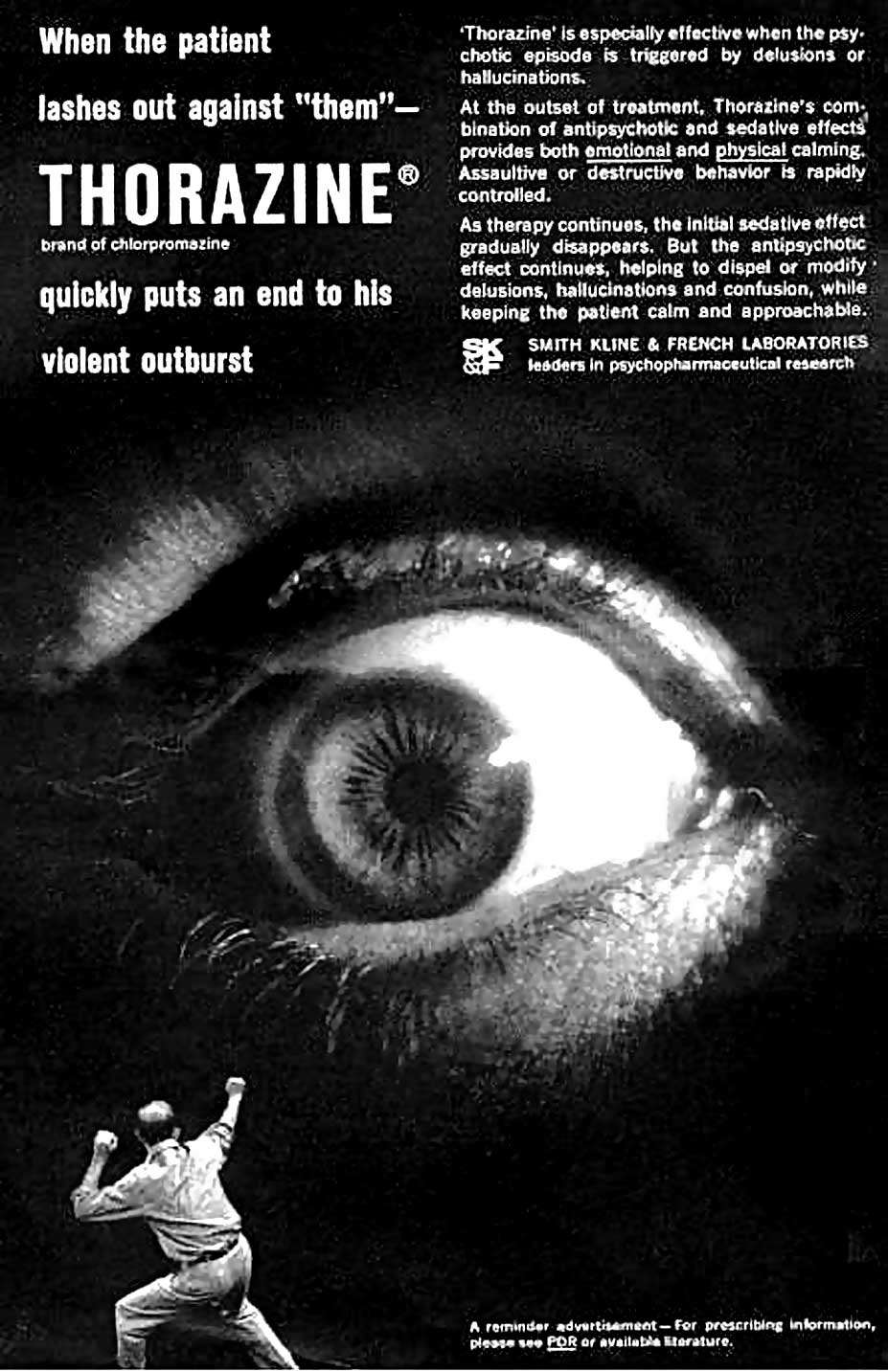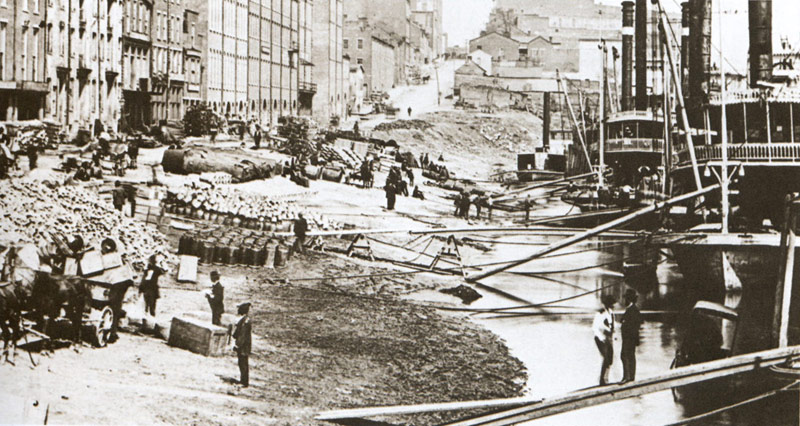|
Péter Gaszner
Péter Gaszner (4 August 1939 – 25 July 2017) was a Hungary, Hungarian psychiatrist, chief physician of the National Institute of Psychiatry and Neurology in Hungary, and professor of the Semmelweis University in Budapest. Personal life The parents of Gaszner are László Gaszner (Komádi, November 4, 1904 – 1983) and Marianne Barkóczy Klopsch (Budapest, March 15, 1908 – 2003), a highschool teacher. His paternal grandparents were Károly Gaszner and Mária Kugler and his maternal grandparents were Béla Barkóczy (1872–1957) and Róza Buday (1882–1974). He completed his schools in Békéscsaba and Diósgyőr, later in the Újdiósgyőr High School. He received his medical degree from the Medical University of Debrecen. His children are Andrea (born 1965), Balázs (born 1969), Gábor (born 1978), and Mariann (born 1984). Three of his children became doctors; Mariann chose a career in economics. Gaszner rests in the Barkóczy-Gaszner crypt in Eger, in the Hatvani Cem ... [...More Info...] [...Related Items...] OR: [Wikipedia] [Google] [Baidu] |
Békéscsaba
Békéscsaba (; ; see also #Name, other alternative names) is a city with county rights in southeast Hungary, the capital of Békés County. Geography Békéscsaba is located in the Great Hungarian Plain, southeast from Budapest. Highway 44, 47, Békéscsaba beltway (around the city) and Budapest-Szolnok-Békéscsaba-Lőkösháza high speed () railway line also cross the city. Highway 44 is a four-lane Limited-access road, expressway between Békéscsaba and Gyula, Hungary, Gyula. According to the 2011 census, the city has a total area of . Name ''Csaba'' is a popular Hungarian given name for boys of Turkic languages, Turkic origin, while the prefix ''Békés county, Békés'' refers to the county named Békés, which means peaceful in Hungarian language, Hungarian. Other names derived from the Hungarian one include , , and . History The area has been inhabited since the ancient times. In the Iron Age the area had been conquered by the Scythians, by the Celts, then by the ... [...More Info...] [...Related Items...] OR: [Wikipedia] [Google] [Baidu] |
Hungarian Academy Of Sciences
The Hungarian Academy of Sciences ( , MTA) is Hungary’s foremost and most prestigious learned society. Its headquarters are located along the banks of the Danube in Budapest, between Széchenyi rakpart and Akadémia utca. The Academy's primary functions include the advancement of scientific knowledge, the dissemination of research findings, the support of research and development, and the representation of science in Hungary both domestically and around the world. History The origins of the Hungarian Academy of Sciences date back to 1825, when Count István Széchenyi offered one year's income from his estate to establish a ''Learned Society''. He made this offer during a session of the Diet in Pressburg (Pozsony, now Bratislava), then the seat of the Hungarian Parliament. Inspired by his gesture, other delegates soon followed suit. The Society’s mission was defined as the development of the Hungarian language and the promotion of sciences and the arts in the Hungarian l ... [...More Info...] [...Related Items...] OR: [Wikipedia] [Google] [Baidu] |
:en:Békéscsaba
Békéscsaba (; ; see also other alternative names) is a city with county rights in southeast Hungary, the capital of Békés County. Geography Békéscsaba is located in the Great Hungarian Plain, southeast from Budapest. Highway 44, 47, Békéscsaba beltway (around the city) and Budapest-Szolnok-Békéscsaba-Lőkösháza high speed () railway line also cross the city. Highway 44 is a four-lane expressway between Békéscsaba and Gyula. According to the 2011 census, the city has a total area of . Name '' Csaba'' is a popular Hungarian given name for boys of Turkic origin, while the prefix ''Békés'' refers to the county named Békés, which means peaceful in Hungarian. Other names derived from the Hungarian one include , , and . History The area has been inhabited since the ancient times. In the Iron Age the area had been conquered by the Scythians, by the Celts, then by the Huns. After the Hungarian Conquest, there were many small villages in the area. The mediev ... [...More Info...] [...Related Items...] OR: [Wikipedia] [Google] [Baidu] |
Uriel Halbreich
Uriel , Auriel ( ''ʾŪrīʾēl'', " El/God is my Flame"; ''Oúriḗl''; ''Ouriēl''; ; Geʽez and Amharic: or ) or Oriel ( ''ʾÓrīʾēl'', "El/God is my Light") is the name of one of the archangels who is mentioned in Rabbinic tradition and in certain Christian traditions. He is well known in the Russian Orthodox tradition and in folk Catholicism (in both of which he is considered to be one of the seven major archangels) and recognised in Anglicanism as the fourth archangel. He is also well known in European esoteric medieval literature. Uriel is also known as a master of knowledge and the archangel of wisdom. In apocryphal, kabbalistic, and occult works, Uriel has been equated (or confused) with Urial, Nuriel, Uryan, Jeremiel, Vretil, Sariel, Suriel, Puruel, Phanuel, Jacob, Azrael, and Raphael. In the Secret Book of John, an early Gnostic work, Uriel is placed in control of the demons who help Yaldabaoth create Adam. Uriel, Auriel or Oriel (male) / Urielle, Eurielle ... [...More Info...] [...Related Items...] OR: [Wikipedia] [Google] [Baidu] |
Thomas A
Thomas may refer to: People * List of people with given name Thomas * Thomas (name) * Thomas (surname) * Saint Thomas (other) * Thomas Aquinas (1225–1274) Italian Dominican friar, philosopher, and Doctor of the Church * Thomas the Apostle * Thomas (bishop of the East Angles) (fl. 640s–650s), medieval Bishop of the East Angles * Thomas (Archdeacon of Barnstaple) (fl. 1203), Archdeacon of Barnstaple * Thomas, Count of Perche (1195–1217), Count of Perche * Thomas (bishop of Finland) (1248), first known Bishop of Finland * Thomas, Earl of Mar (1330–1377), 14th-century Earl, Aberdeen, Scotland Geography Places in the United States * Thomas, Idaho * Thomas, Illinois * Thomas, Oklahoma * Thomas, Oregon * Thomas, South Dakota * Thomas, Virginia * Thomas, Washington * Thomas, West Virginia * Thomas County (other) * Thomas Township (other) Elsewhere * Thomas Glacier (Greenland) Arts and entertainment * ''Thomas'' (Burton novel), a 19 ... [...More Info...] [...Related Items...] OR: [Wikipedia] [Google] [Baidu] |
Chlorpromazine
Chlorpromazine (CPZ), marketed under the brand names Thorazine and Largactil among others, is an antipsychotic medication. It is primarily used to treat psychotic disorders such as schizophrenia. Other uses include the treatment of bipolar disorder, severe behavioral problems in children including those with attention deficit hyperactivity disorder, nausea and vomiting, anxiety before surgery, and hiccups that do not improve following other measures. It can be given orally (by mouth), by intramuscular injection (injection into a muscle), or intravenously (injection into a vein). Chlorpromazine is in the typical antipsychotic class, and, chemically, is one of the phenothiazines. Its mechanism of action is not entirely clear but is believed to be related to its ability as a dopamine antagonist. It has antiserotonergic and antihistaminergic properties. Common side effects include movement problems, sleepiness, dry mouth, low blood pressure upon standing, and incr ... [...More Info...] [...Related Items...] OR: [Wikipedia] [Google] [Baidu] |
European College Of Neuropsychopharmacology
The European College of Neuropsychopharmacology (ECNP) is a pan-European, non-profit scientific association that serves as a platform to exchange and promote research in the field of neuropsychopharmacology. The ECNP “is committed to ensuring that advances in the understanding of brain function and human behaviour are translated into better treatments and enhanced public health”. The ECNP organises a number of activities to achieve this aim, such as a yearly congress, workshops, seminars, New Frontiers Meetings, publications, awards, supported talks and much more. History In 1984 representatives of neuropsychopharmacological societies from across Europe suggested there might be room for a European structure. A meeting to discuss this plan further was held in Copenhagen in May 1985. It was decided that a European College of Neuropsychopharmacology would be founded. A Working Group was formed to plan of the association’s inaugural scientific congress. This congress was held ... [...More Info...] [...Related Items...] OR: [Wikipedia] [Google] [Baidu] |
Vanderbilt University
Vanderbilt University (informally Vandy or VU) is a private university, private research university in Nashville, Tennessee, United States. Founded in 1873, it was named in honor of shipping and railroad magnate Cornelius Vanderbilt, who provided the school its initial $1 million endowment in the hopes that his gift and the greater work of the university would help to heal the sectional wounds inflicted by the American Civil War. Vanderbilt is a founding member of the Southeastern Conference and has been the conference's only private school since 1966. The university comprises ten schools and enrolls nearly 13,800 students from the US and 70 foreign countries. Vanderbilt is Carnegie Classification of Institutions of Higher Education, classified among "R1: Doctoral Universities – Very high research activity". Several research centers and institutes are affiliated with the university, including the Robert Penn Warren, Robert Penn Warren Center for the Humanities, the Freedom Foru ... [...More Info...] [...Related Items...] OR: [Wikipedia] [Google] [Baidu] |
Nashville, Tennessee
Nashville, often known as Music City, is the capital and List of municipalities in Tennessee, most populous city in the U.S. state of Tennessee. It is the county seat, seat of Davidson County, Tennessee, Davidson County in Middle Tennessee, located on the Cumberland River. Nashville had a population of 689,447 at the 2020 United States census, 2020 census, making it the List of United States cities by population, 21st-most populous city in the United States and the fourth-most populous city in Southeastern United States, the Southeast. The city is the center of the Nashville metropolitan area, home to 2.1 million people, and is among the fastest growing cities in the nation. Named for Francis Nash, a general of the Continental Army during the American Revolutionary War, the city was founded in 1779 when this territory was still considered part of North Carolina. The city grew quickly due to its strategic location as a port on the Cumberland River and, in the 19th century, a railr ... [...More Info...] [...Related Items...] OR: [Wikipedia] [Google] [Baidu] |
Buenos Aires
Buenos Aires, controlled by the government of the Autonomous City of Buenos Aires, is the Capital city, capital and largest city of Argentina. It is located on the southwest of the Río de la Plata. Buenos Aires is classified as an Alpha− global city, according to the Globalization and World Cities Research Network, GaWC 2024 ranking. The city proper has a population of 3.1 million and its urban area 16.7 million, making it the List of metropolitan areas, twentieth largest metropolitan area in the world. It is known for its preserved eclecticism, eclectic European #Architecture, architecture and rich culture, cultural life. It is a multiculturalism, multicultural city that is home to multiple ethnic and religious groups, contributing to its culture as well as to the dialect spoken in the city and in some other parts of the country. This is because since the 19th century, the city, and the country in general, has been a major recipient of millions of Immigration to Argentina, im ... [...More Info...] [...Related Items...] OR: [Wikipedia] [Google] [Baidu] |




